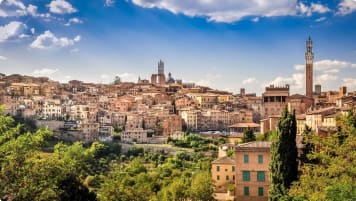Agrigento, Italy
Agrigento, Italy Temple of Castor and Pollux, Agrigento. The city of Agrigento (Greek: Akragas) has been a hub of people and trade for over 2, 500 years. As Akragas it was among the greatest cities of…
10 Feb 20 · 3 mins read
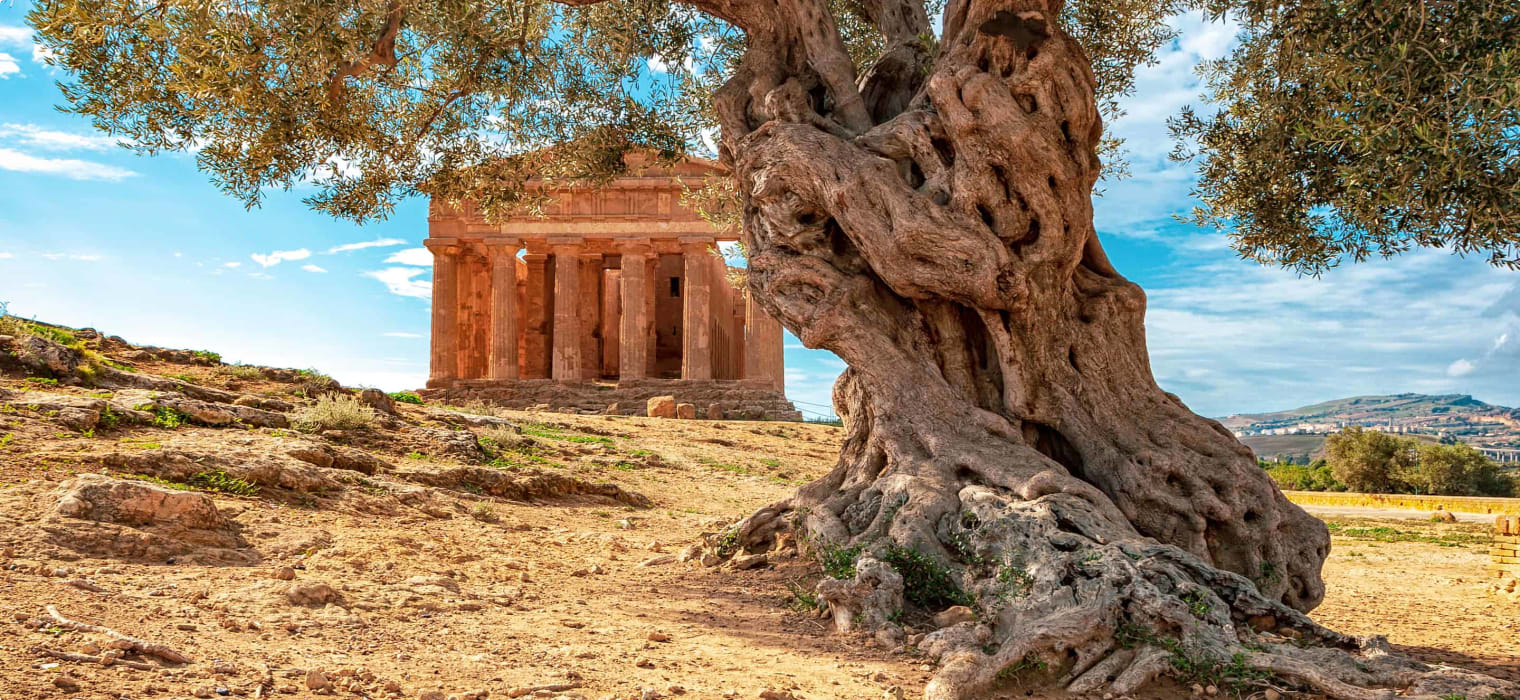
Agrigento, Italy

The city of Agrigento (Greek: Akragas) has been a hub of people and trade for over 2, 500 years. As Akragas it was among the greatest cities of the Greek world, with a population of between 200, 000 and 800, 000 before 406 BCE. Today, Agrigento is home to some of the grandest and best-preserved monuments from ancient Greece in the amazing ‘Valley of the Temples’.
The establishment of Akragas occurred between 582-580 BCE, by Greek colonists from the city of Gela in Sicily. In the 8th and 7th centuries BCE, overpopulation in Greece saw colonists establish cities in Southern Italy and Sicily. This area came to be known as the Magna Graecia – or ‘Great Greece’ – by the Ancient Romans, because of the dense population of Greeks and domination of Hellenic culture in the region. An cultural meeting point, the cities of the Magna Graecia enabled the incorporation of Greek culture into the growing Roman Republic.
Agrigento came to prominence under the rule of the tyrants Phalaris and Theron, and became a democracy following the overthrow of Theron’s son Thrasydaeus. At this point, Akragas was one of the richest and most famous cities in the Greek world. However, the city was sacked by Carthage in 406 BCE and never restored its former status.
Akragas would become a major site of conflict in the Punic Wars between Rome and Carthage, and the city further declined. Finally, in 210 BCE it became part of the Roman Republic. Renamed Agrigentum, the population would nonetheless remain overwhelmingly Greek for centuries after. The city revived under the Roman Empire, before declining again in the Middle Ages.
Exploring Agrigento and the ‘Valley of the Temples’
Agrigento’s archaeological ruins are concentrated in the ‘Valley of the Temples’, on the edge of the city. The Valley was a large sacred site on the edge of the ancient city, where seven Doric-style temples were constructed during the 6th and 5th centuries BCE.
The two best preserved temples are the Temple of Hera and the Temple of Concordia (though archaeologists believe the attribution of the temple to Concordia to be historically incorrect). Though the Temple of Hera was partially destroyed by an earthquake in the Middle Ages, the colonnade and a long altar remain intact. The Temple of Concordia, converted to a Christian church in the 6th century CE, is – after the Pantheon – the best preserved Doric temple in the world. On your walking tour from the Temple of Hera to the Temple of Concordia, keep your eyes open for an 800 year old olive tree, and Byzantine graves built into the city walls.
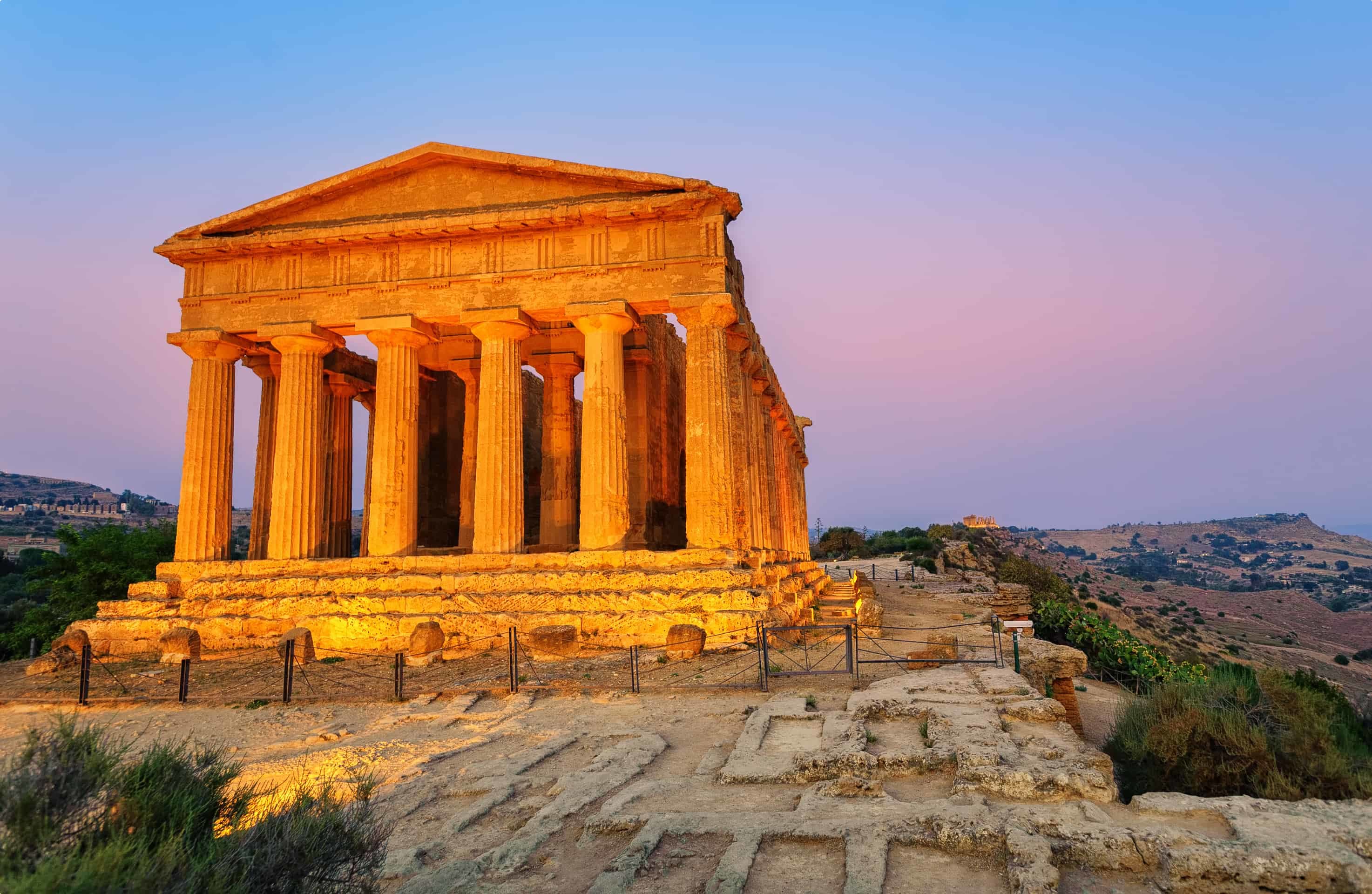
The Temple of Heracles is the oldest of the site’s temples, built in the 6th century BCE. Today, only eight of its 38 original columns remain intact. As you walk, look for Theron’s Tomb, a small temple long believed to be the grave of the tyrant Theron.
On the western side of the site, the Temple of Zeus would have been the largest Doric temple ever constructed, had it not been destroyed during the sacking of the city in 406BCE. The site lay in ruins for centuries, and the marble was reused during the 18th century construction of the modern city of Agrigento. The Temple of Castor and Pollux, consisting of four columns on a raised surface, is the evocative symbol of contemporary Agrigento.
The Temple of Vulcan, dating from the 5th century BCE, would have been one of the most imposing temples, but is one of the most ruined today. Located over a mile from the ancient city, the Temple of Asclepius was the destination of pilgrims seeking cures for illness.
Though most of contemporary Agrigento is dominated by modern architecture, the city also has a charming medieval Old Town, including a striking 11th century Norman Cathedral, and the Gothic Monastero di Santo Spirito. Agrigento is also ideally placed to explore Sicily’s beautiful coast, with the city in close proximity to the white rocks and vivid turquoise sea of the Scala dei Turchi, which joins the Aeolian Islands and the Amalfi Coast among Italy’s best beaches.

Articles about Sicily published by Odyssey Traveller:
- Mediterranean Islands: Malta, Sicily, Sardinia and Corsica
- About Malta, Sicily, Sardinia, and Corsica
- The Sicilian people and their kings
- Early History of Sicily: From the Phoenicians to the Arab Conquest (800 BC to the 10th Century)
- Piecing together the life of Caravaggio
- Learning About Caravaggio’s Paintings
For all the articles Odyssey Traveller has published for mature aged and senior travellers, click through on this link.
External articles to assist you on your visit to Sicily:
Related Tours
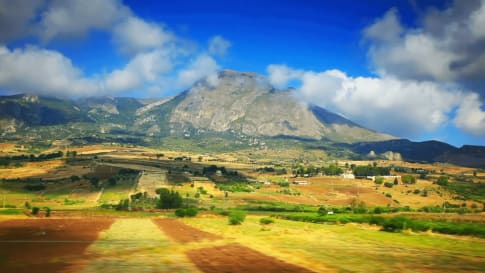
25 days
Apr, Sep, OctMediterranean Islands Small Group Tour | Malta, Sicily, Sardinia and Corsica
Visiting Corsica, Italy
For centuries Malta, Sicily, Sardinia and Corsica held the key to the Mediterranean. Unlike other European tour companies, Odyssey provides a tour leader and local guides to share detailed itineraries about the destinations on these small group journeys. This escorted tour of western Mediterranean explores the geography, history, culture and peoples of these 4 islands. Small group tour for mature couples and solo travellers. A reasonable single supplement is charged.
From A$19,750 AUD
View Tour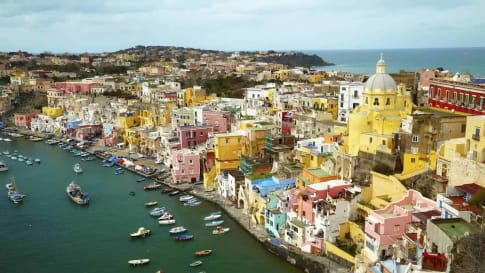
22 days
Jan, Apr, SepAncient History of Southern Italy & Sicily group tours
Visiting Italy
Our program for senior travellers, as well as featuring the rugged countryside of Southern Italy, also encompasses learning about the many civilisations that have shaped this land. We learn about the influence of the early Phoenicians, Greeks, Romans, Byzantines, Saracens, and Aragonese.
From A$16,995 AUD
View Tour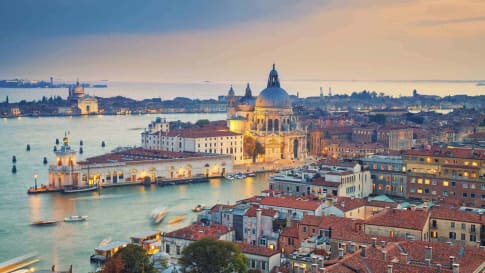
18 days
Aug, SepArt and History of Italy | Small Group Tour for seniors
Visiting Italy
Taken as a whole, Italian Civilization (which includes, of course, the splendid inheritance of Ancient Rome) is absolutely foundational to Western culture. Music, Painting, Sculpture, Architecture, Literature, Philosophy, Law and Politics all derive from Italy or were adapted and transformed through the medium of Italy.
From A$16,695 AUD
View Tour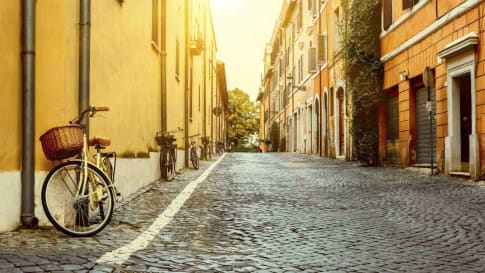
22 days
Sep, Apr, MarHeritage, Culture and History of Italy | Small Group Tours for Seniors
Visiting Italy
Rome, the world’s first superpower, lasted for almost a thousand years. In this small group tour for senior couples and solo travellers we thread our way through the Rome of the Emperors, then through the Italy of the Renaissance, Michelangelo, the Medici, and the Borgia. In the south, we visit the cosmopolitan city of Naples as well as Pompeii and the island retreat of Capri.
From A$13,695 AUD
View Tour
days
JanDiscovering World Cinema | Summer School in Hobart, Tasmania
Visiting Tasmania
Discover five masterpieces of world cinema in this new Summer School tour.



